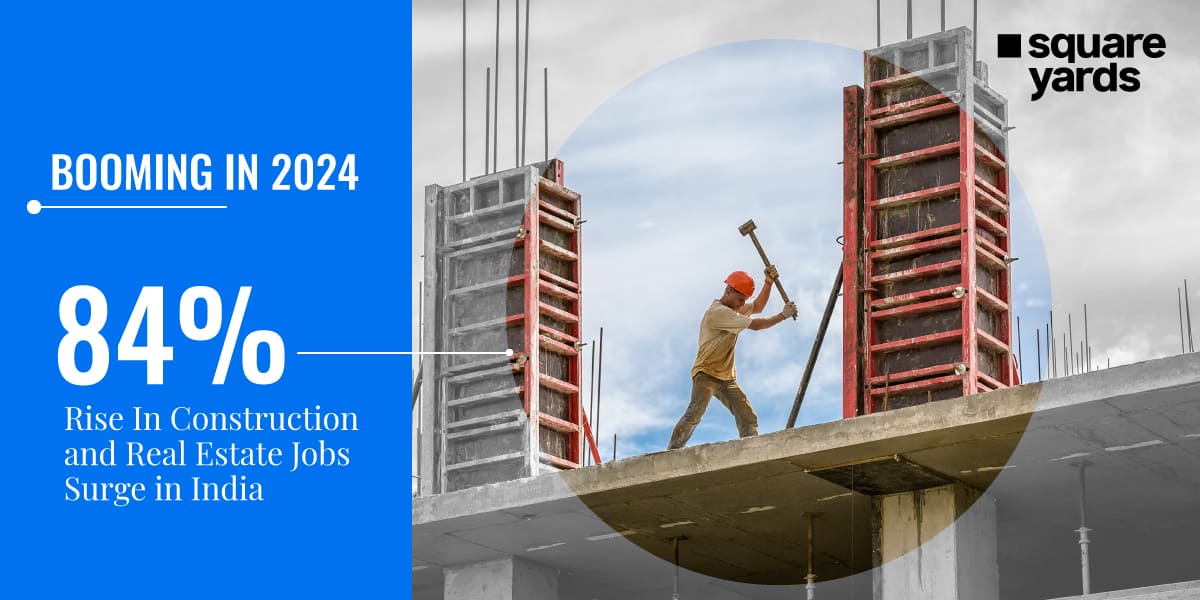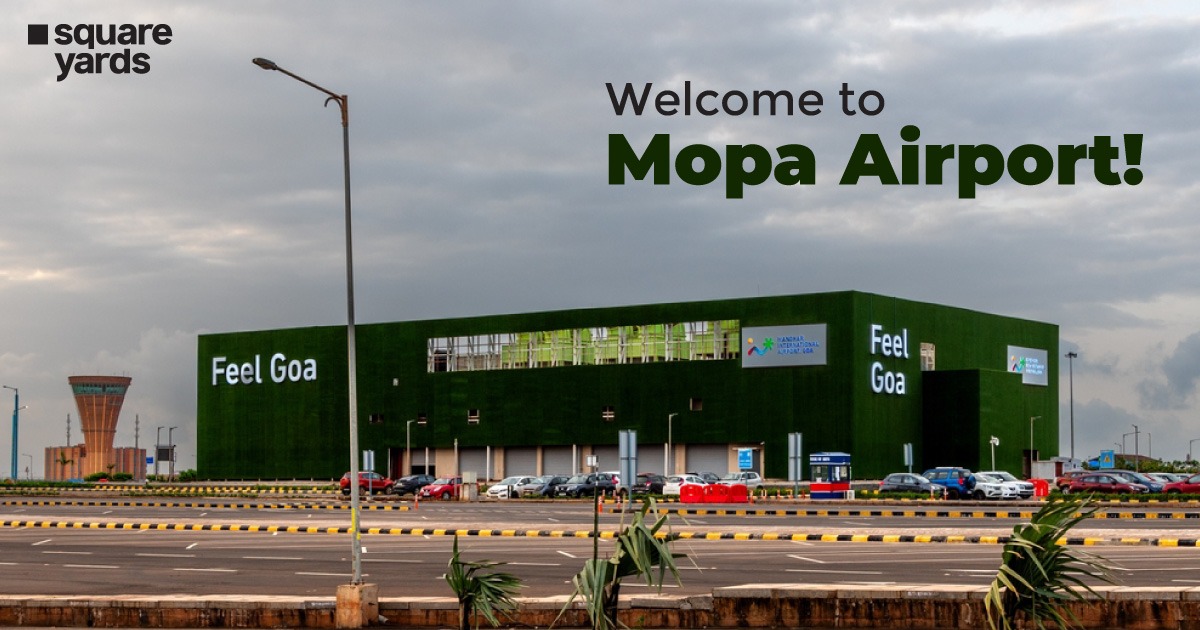India’s ongoing infrastructure expansion is significantly reshaping the real estate landscape in 30 emerging cities, as highlighted in a recent report by Colliers. The report indicates that land prices in these cities are projected to increase by up to 5.2 times by 2035, thanks primarily to the development of critical expressways. This robust infrastructure push is positioning cities like Nagpur, Jaipur, and Lucknow as burgeoning investment hubs, attracting both domestic and international investors eager to capitalize on the anticipated growth. Nagpur, in particular, leads the charge with the introduction of the 701-kilometer Samruddhi Mahamarg Expressway, which has vastly improved connectivity and spurred economic activities in the region. Other cities, such as Jaipur and Lucknow, are also emerging with promising micro-markets like Ajmer Road and Raebareli Road, respectively. The report emphasizes that several tier-2 cities, including Ahmedabad, Agra, Meerut, Chandigarh, and Bhopal, are also poised for significant real estate growth, supported by their local infrastructure developments. The analysis underscores the far-reaching implications of infrastructure projects, demonstrating how they can transform urban landscapes and create lucrative opportunities for investors.
Emerging Cities and Their Investment Potential
According to the Colliers report, Nagpur stands out as the most promising city for real estate investment, primarily due to the launch of the Samruddhi Mahamarg Expressway. This expressway has not only enhanced connectivity between Nagpur and Mumbai but has also opened up new avenues for economic development in the region. As a result, Nagpur has become an attractive location for businesses and residential projects alike. Following Nagpur, Jaipur and Lucknow are also emerging as hot spots for real estate investment, driven by their respective infrastructure projects. In Jaipur, areas like Ajmer Road are witnessing significant growth, while Lucknow’s Raebareli Road is developing rapidly, making these locations ripe for investment. Other notable mentions include Ahmedabad’s Shela, known for its strategic location and urban planning, Agra’s Shastripuram, Meerut’s Ganga Nagar, Chandigarh’s Kharar, and Bhopal’s Indus Towne. Each of these micro-markets is expected to experience exponential growth in land prices, making them increasingly attractive for real estate developers and investors.
Infrastructure Development and Its Impact on Urbanization
The transformative impact of infrastructure projects on real estate dynamics cannot be overstated. Initiatives like the Bharatmala Pariyojana are modernizing India’s highways, expressways, and feeder routes, thereby facilitating smoother transportation and accessibility. Notable expressways such as the Yamuna Expressway, Mumbai-Pune Expressway, and Dwarka Expressway have already proven effective in converting surrounding areas into real estate hotbeds. The report from Colliers assessed various growth parameters including physical and social infrastructure, demographic trends, and economic activity, reinforcing the notion that expressways play a crucial role in driving urbanization and increasing land value. As India accelerates its infrastructure development, the interplay between improved connectivity and real estate growth is expected to reshape the urban landscape dramatically. Investors who recognize these trends early on stand to benefit significantly from the anticipated land value appreciation in these emerging cities, thereby contributing to a vibrant and sustainable real estate market.
Conclusion: The Future of Real Estate in India
As India continues its rapid infrastructure development, the landscape of real estate investment is evolving. The findings from Colliers highlight the importance of expressways in unlocking the potential of emerging cities, paving the way for significant economic growth. With land prices projected to rise dramatically, investors are presented with unique opportunities to capitalize on these burgeoning markets. The emphasis on infrastructure not only enhances connectivity but also fosters urbanization, attracting businesses and residents alike. As cities like Nagpur, Jaipur, Lucknow, and others flourish, they are expected to become integral components of India’s economic framework. In conclusion, the synergy between infrastructure development and real estate investment is poised to create a dynamic environment for growth, making the coming years crucial for stakeholders in the sector. Investors should closely monitor these developments to leverage the opportunities that arise in this transformed real estate landscape.






















